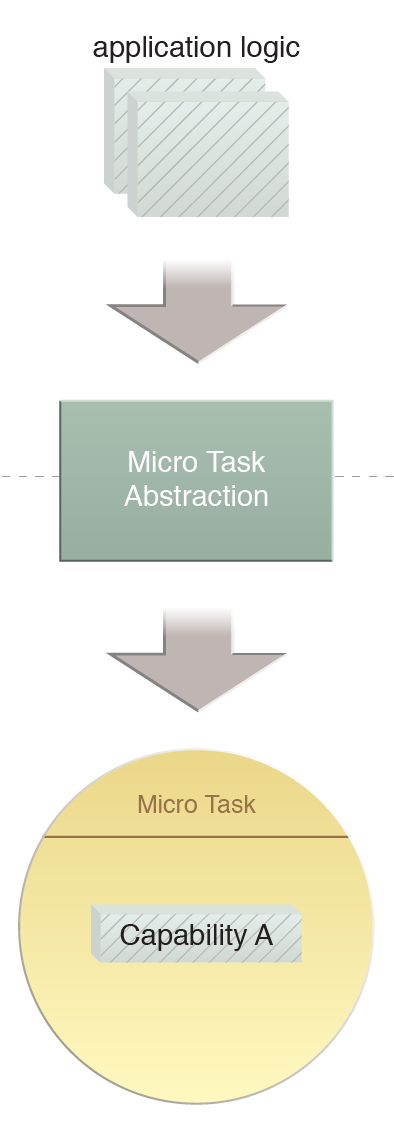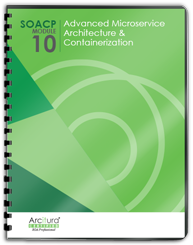Microservice and Containerization Patterns > Fundamental Microservice and Container Patterns > Micro Task Abstraction
Micro Task Abstraction (Erl, Naserpour)
How can single-purpose logic with specialized processing requirements be separated and governed independently?

Problem
Solution
Application
The logic is separated into granular, single-purpose functions (or “micro-tasks”) that form the basis of individual microservice implementations.

By applying the Micro Task Abstraction pattern we identify single-purpose tasks that form the basis of microservice deployments.
This pattern is typically applied during the pre-design analysis stages, as explained in the complete pattern description.
This pattern is covered in Module 10: Advanced Microservice Architecture & Containerization..
For more information regarding microservice and containerization courses and accreditation,
visit the Microservice Architect Certification program page..
